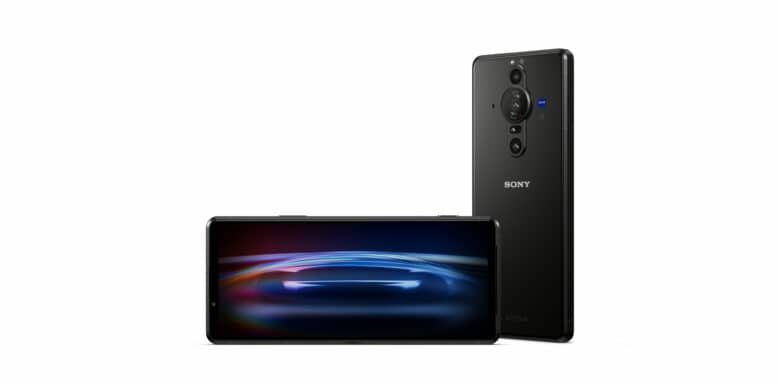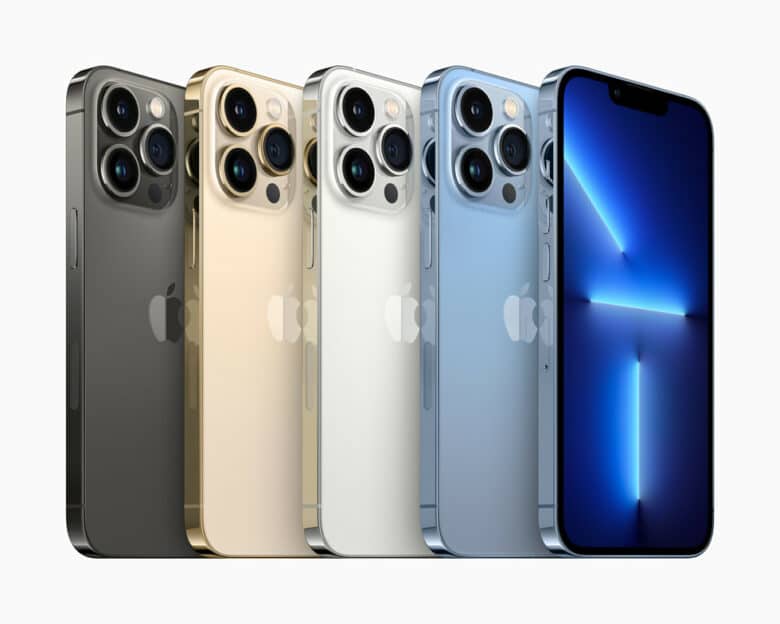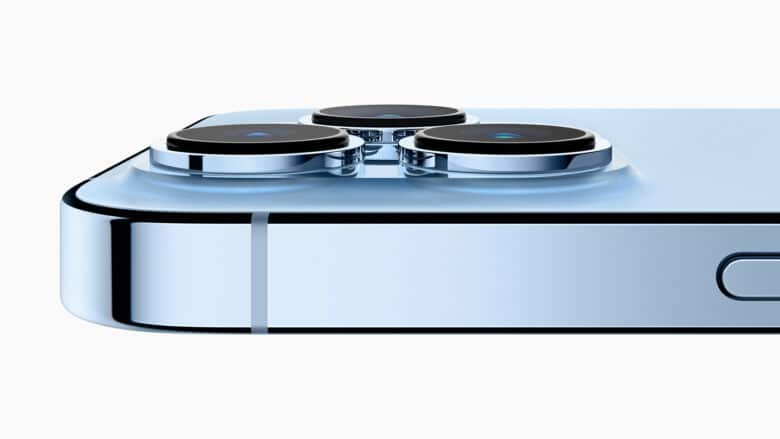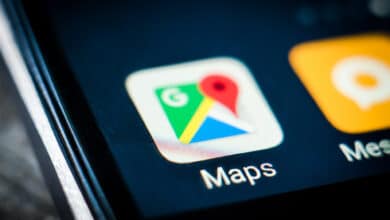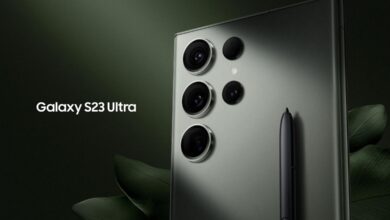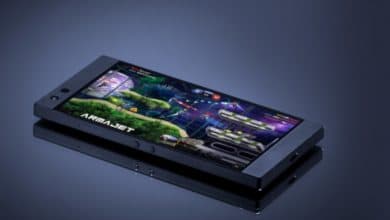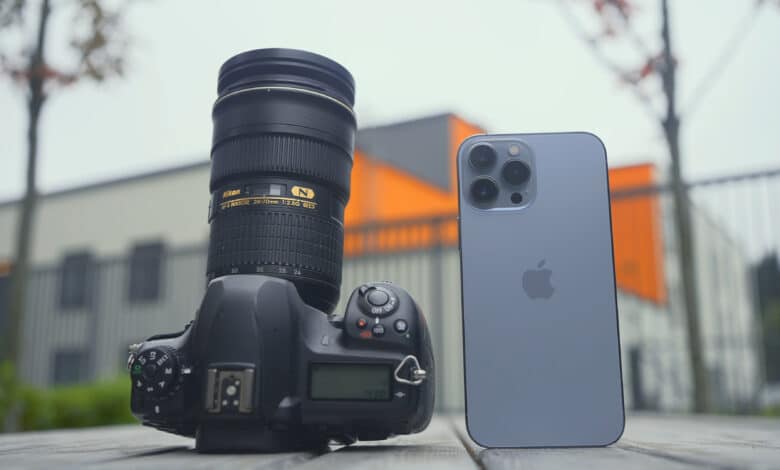
The smartphone has slowly but surely displaced the digital camera from the hands of users. With improving camera technology, many phones now beat digital cameras in terms of image quality. So why take a second device with you when you already have a slick camera in your pocket?
For all those who are now at the end of the year for themselves or their loved ones, looking for a new phone and to whom the camera is the most important aspect of their smartphone, I have compiled a small list of my favorites in terms of photo & video.
Google Pixel 6 Pro
With the Pixel 6 Pro, Google has a true high-end smartphone in its lineup for the first time this year. Previously, the Pixel range was mainly mid-range and low-budget. However, the camera of the Pixel smartphones has always been very famous for the iconic “Pixel look”.
The Pixel 6 Pro follows in the footsteps marked by its predecessors, adding significantly improved camera hardware to Google’s world-class imaging software. Built in now are a 50-megapixel main sensor, a 12-megapixel ultra-wide-angle camera, and a 48-megapixel telephoto camera with a periscope zoom lens. The result of these improvements is a more versatile camera that also finds it easier to capture light thanks to the enlarged sensors. There have been significant improvements in video quality, which was previously one of the weak points of the Pixel camera. The bottom line is that the Pixel 6 Pro received a score of 135 from DXOMark, landing it in 7th place in their rankings.
I find the very good telephoto camera in particular exciting on the Pixel 6 Pro, as I’ve noticed that I tend to zoom in on photos rather than make great use of an ultra-wide-angle camera. I find the ultra-wide-angle camera very useful, on the other hand, on my OnePlus 8 Pro, where it also functions as a macro camera.
Away from the camera, the Pixel 6 Pro is also a solid overall package. Google’s new in-house SoC, the “Google Tensor,” can keep up with better-known high-end chips, like a Snapdragon 888. The GPU performance even exceeds that of some competitors. Add to that Google’s top-notch software support, and the Pixel smartphones always find themselves at the forefront of Android development.
Therefore, I can recommend the Pixel 6 Pro to anyone looking for an Android smartphone with a top-notch camera and super software with long update support. We have a detailed review of the Pixel 6 Pro here.
The Pixel 6 Pro is available from € 19.57 .
Xiaomi Mi 11 Ultra
The Mi 11 Ultra is the first time Xiaomi has launched a smartphone with the title “Ultra”. Not only the title should set it apart from the other devices of the 11 Mi generation, but also the design. The large camera segment on the back differentiates the Mi 11 Ultra from the other Mi 11 devices.
In keeping with the very imposing design, the camera hardware is also exceptional. To be found here is a 50-megapixel main camera, a 48-megapixel ultra-wide-angle camera and a telephoto camera, also with 48 megapixels. The sensors have not been skimped on at all. In other manufacturers, one of the sensors is usually a slightly cheaper one with a lower resolution – like in Google’s Pixel 6 Pro, for example, where the ultra-wide-angle camera only has a resolution of 12 megapixels. In addition, there is a small OLED display in the camera module that can be used to display the time, notifications or even the picture during a selfie with the main camera.
In the DXOMark camera test, the Mi 11 Ultra received a score of 143, which currently puts it in second place in the ranking, behind Huawei’s P50 Pro, which got one point more in the test. Obviously, the Huawei P50 Pro also has one of the best cameras this year. However, I unfortunately cannot recommend the P50 Pro because of the still existing limitations of Huawei smartphones – even though I would like to see Huawei make a comeback.
Just as “Ultra” as the camera hardware is the inner workings of the Mi 11 Ultra. Xiaomi has installed a Snapdragon 888 with either 8 or 12 GB of working memory here. Thus, the camera is not limited by a mediocre chip, and the general smartphone experience is first-rate in the Mi 11 Ultra even away from the camera.
Alongside the Pixel 6 Pro, the Mi 11 Ultra is also an absolute Android all-round flagship. Not only the camera is “Ultra” here. Whether the differences compared to the Pixel 6 Pro justify the price difference is a personal choice.
At the time of writing, the Mi 11 Ultra is available from 1199.90€ in Xiaomi’s own online shop.
Sony Xperia PRO-I
Sony has lost quite a bit of market share in the smartphone industry over the past few years. Recently, however, Sony has again presented a few very interesting smartphones. Among other things, this includes the Xperia PRO-I, which Sony advertises as THE smartphone for photographers
The camera system on the back consists of four sensors. The three camera sensors have a resolution of 12 megapixels. In addition to the imaging sensors, a time-of-flight sensor is also available for depth determination.
12 megapixels now doesn’t sound very revolutionary or breathtaking at first glance. However, this number here doesn’t say much about the camera itself. Because the main sensor is actually the same sensor that is otherwise in many of Sony’s digital cameras or camcorders, such as the Sony RX100. In these devices, the sensors can be significantly larger than in a normal smartphone, since there is also more space available. With the Xperia PRO-I, Sony has managed to fit a 1-inch sensor into their smartphone.
A rating by DXOMark does not exist at the time of writing. Judging by what I have seen of the camera so far, however, it is one of the best on the market. The sheer performance of the camera hardware in particular is impressive. Other top smartphones end up with similarly good-looking photos and videos, but they need a lot of software support for that.
The rest of the phone is also completely camera-centric. There’s an extra shutter button on the side of the device that has two pressure points, like a shutter button on a regular camera. The aspect ratio of the 4K display is more elongated than from other smartphones to make viewing content in cinema widescreen format natively possible. Inside, there is a Snapdragon 888 and 12 GB of RAM. So there’s nothing wrong with the rest of the hardware either.
Like Sony, I would recommend the Xperia PRO-I mainly to professional photographers. Hobby photographers should rather reach for one of the other devices in my opinion, because some of the phone’s features make little sense for “mere mortals”. However, those who are well versed in image editing will have a lot of fun and will be able to conjure up some breathtaking shots that would not be possible with other smartphones.
Not only the marketing of the Xperia PRO-I is trimmed to camera, also the price is already oriented in the same range as some SLR or compact cameras. The Xperia PRO-I is namely available from € 813.41
iPhone 13 Pro
The latest iPhone, as almost every year, also has one of the best cameras on the smartphone market. There have been no major changes compared to last year’s model, yet the hardware and software have been steadily improved this year as well.
In addition to the LiDAR sensor, three cameras are again found on the back of the iPhone. The main, telephoto and ultra-wide-angle cameras, all of which come with a resolution of 12 megapixels. The main sensor has increased in size compared to the last generation, especially, improving low-light performance and bokeh.
In addition, the iPhone 13 Pro’s image processing is also among one of the best on the market. I would even say that the iPhone 13 Pro is still a pioneer in the field of video. There is not too much to say about the rest of the iPhone 13 Pro’s hardware. As always, the iPhone is a solid overall package.
iOS lovers with a focus on camera won’t go far wrong with the iPhone 13 Pro.
Available from € 1,057.92 .



